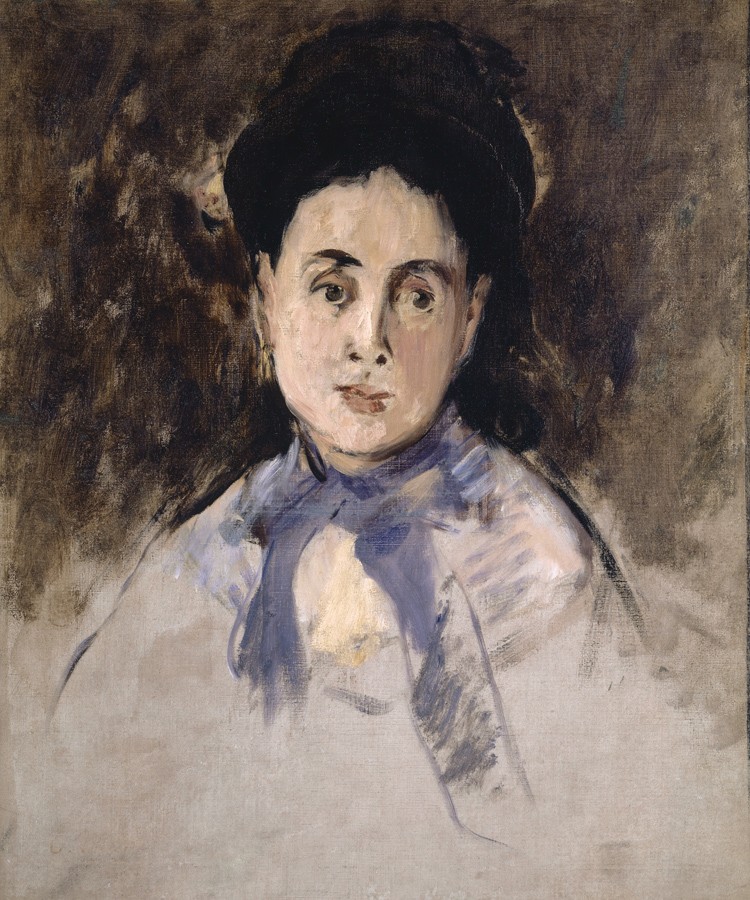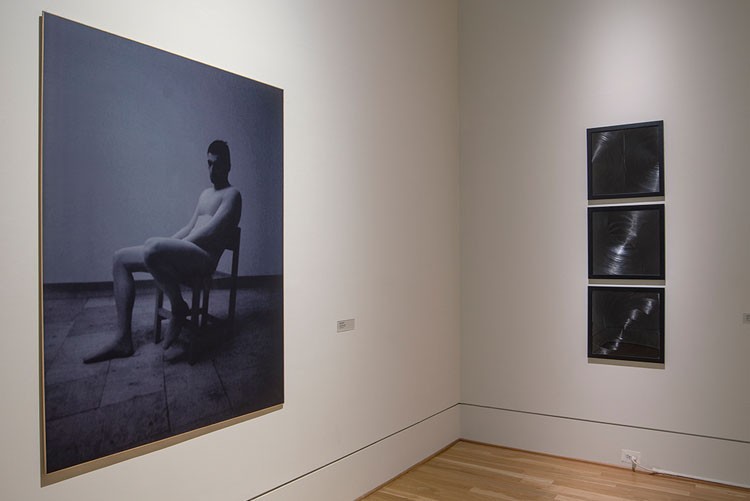Upon entering Gauguin to Picasso: Masterworks from Switzerland, Édouard Manet‘s Head of a Woman is one of the first works you’ll encounter. During the 1870s, Manet produced portraits such as this one which captures a glimpsed expression of a woman slowly moving into an amused smile. Its brushwork and color palette reveal the artist’s admiration for the 16th- and 17th-century Dutch and Spanish masters he studied on travels and at the Louvre. Although the sitter is unknown, her pose is characteristic of portraits Manet painted of his wife, Suzanne Leenhoff, his sister-in-law, the Impressionist Berthe Morisot, and his student Eva Gonzalès. Manet’s painting style would later take on a brighter palette and freer brushwork, the result of his association with younger Impressionist artists such as Monet and Renoir, who saw him as a mentor.
Assistant Curator Renée Maurer remarks that a common question about this picture is whether it’s finished or unfinished. What do you think? What are some of the elements of the painting that make you feel that it is complete or incomplete?



